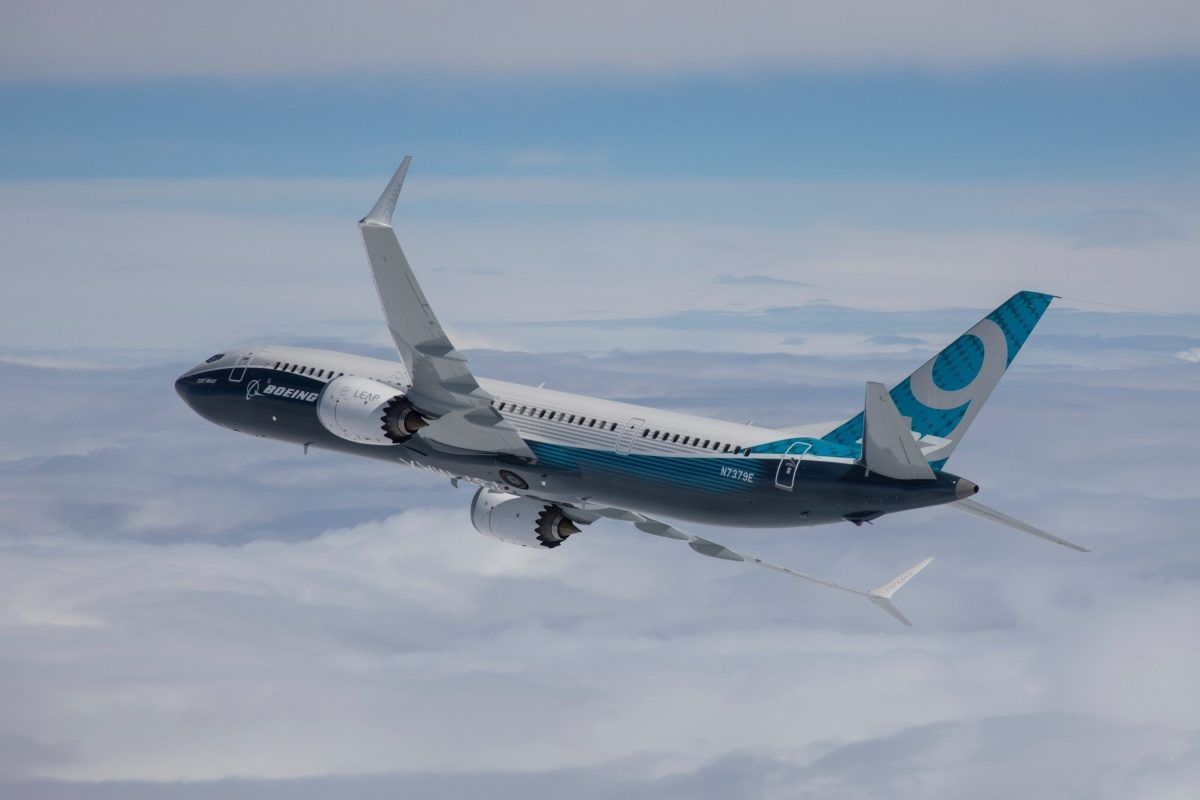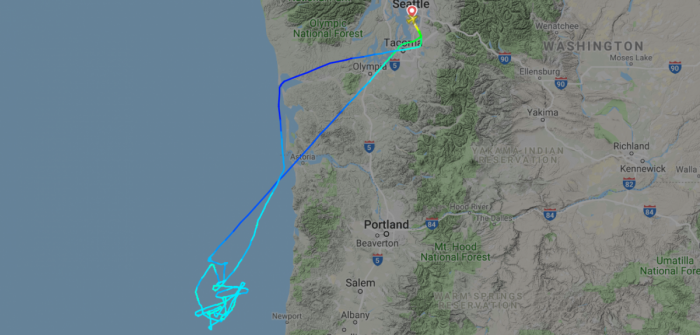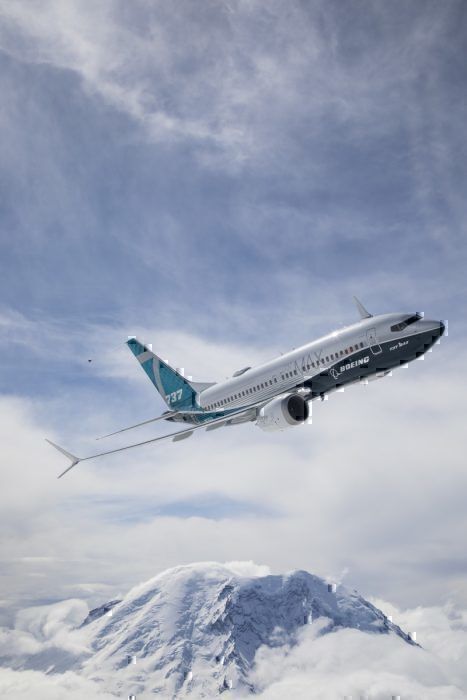Dennis Muilenburg, CEO of Boeing, has revealed that he himself has flown on two 737 MAX test flights in the past few months. Boeing has flown the MAX on more than 500 test flights since its grounding. Using the 737 MAX 7, which is yet to be delivered to airlines, the manufacturer has been putting the jets through their paces to gather data vital to the FAA recertification process.It was revealed on Monday that Boeing, in a bid to win back trust, has conducted more than 500 test flights of the beleaguered 737 MAX. More than that, Boeing’s CEO Dennis Muilenburg, has confirmed that he personally flew on two of those test flights.He claims that other Boeing employees are ‘eager to do the same’ but admits that the company has much work to do if it’s to win back the confidence of the traveling public. Speaking to CNBC, Muilenburg said,“We know that trust has been damaged over the last few months, and we own that and we are working hard to re-earn that trust going forward,â€Despite speculation that the timescales for recertification could, again, be slipping, Muilenberg reiterated that the plan is still to submit the certification package to the FAA in September. He remains confident that the jet will return to service in the early part of the fourth quarter.
How is Boeing conducting test flights?
With the 737 MAX 8 and 9 banned from flight according to the FAAs ruling, how is Boeing managing to conduct so many test flights of the aircraft? Well, according to Wired, it’s down to the little brother of the troubled jet, and the fact that it’s still allowed to fly.
Wired noted a flight taken by a 737 MAX 7, which took off from Boeing Field near Seattle and headed out over the Pacific, where it proceeded to undertake a number of aerial maneuvers. Flying at a variety of altitudes and speeds, the MAX maintained a position away from other air traffic while it conducted what Boeing has called an ‘engineering flight’.
Clearly, this loophole has allowed Boeing to test out the response of a member of the MAX family, without breaking any rules in regard to the ban.
Families want complete recertification
Families of the crash victims have sent letters to the FAA urging them to conduct a full regulatory review. The group, led by Michael Stumo whose daughter was killed in the Ethiopian crash, wants complete recertification of the plane as a new type. Stumo told the New York Times that,
“The F.A.A. was lax, compliant and captured at the time of the amended type certification. There needs to be a full recertification to catch anything and make sure it’s safe to fly again.â€
While a full recertification of the MAX would throw Boeing into chaos, as well as its suppliers, the chances of this happening are pretty slim. If it was ever going to happen, it probably would have by now. But, despite the long odds, the families are serious about bringing the issues to light.
Regardless of how far the scrutiny of the MAX goes, what remains clear is that none will fly before the end of the summer period. According to OAG, this means a loss of more than 40 million seats this season. Some of the most affected carriers include Air Canada, who are down 3.2m seats, Turkish, down 2.7m, China Southern, down 3.6m and Southwest down 2.9m
As more issues continue to arise, and the solutions become even more complex, Boeing has a tough time ahead of them to get their bestselling jet back into the skies.



